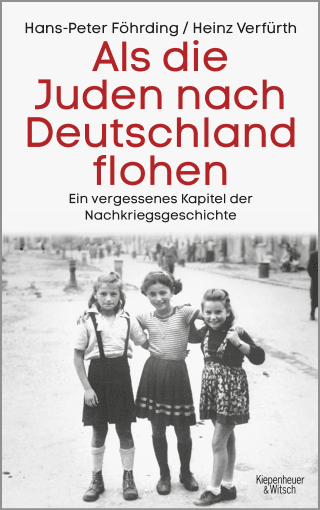In 1946/47, precipitated by anti-Semitic excesses, 300,000 Eastern European Jews, from Poland in particular, fled to Germany, the land of the perpetrators of all places. They sought refuge from this new wave of persecution in Germany’s American zone. These DPs (displaced persons) definitely did not come with the intention to stay, but considered themselves en route to Palestine. And, after Israel was founded in 1948, many of them did continue on to there, while many others left for the USA. Camp Föhrenwald, the last of the well over one hundred DP camps, only closed in early 1957.
The theme that runs throughout the book is the fate of Lea Waks. Born in Lodz, she survived the ghetto there. In 1946, she and her family left Poland in a panic. Initially, Lea lived in the DP camp Ziegenhain in Hesse, then in various other camps with her husband Aron and two sons. These camps were self-managed, with all the elements of traditional Eastern European Judaism – synagogues, schools, training centers, theatres – in other words, the very shtetl culture that Joseph Roth so masterfully described. Yet for the Waks family, the time they spent in the camps spanned an entire decade. In 1957, they were admitted to the Jewish community in Düsseldorf.

